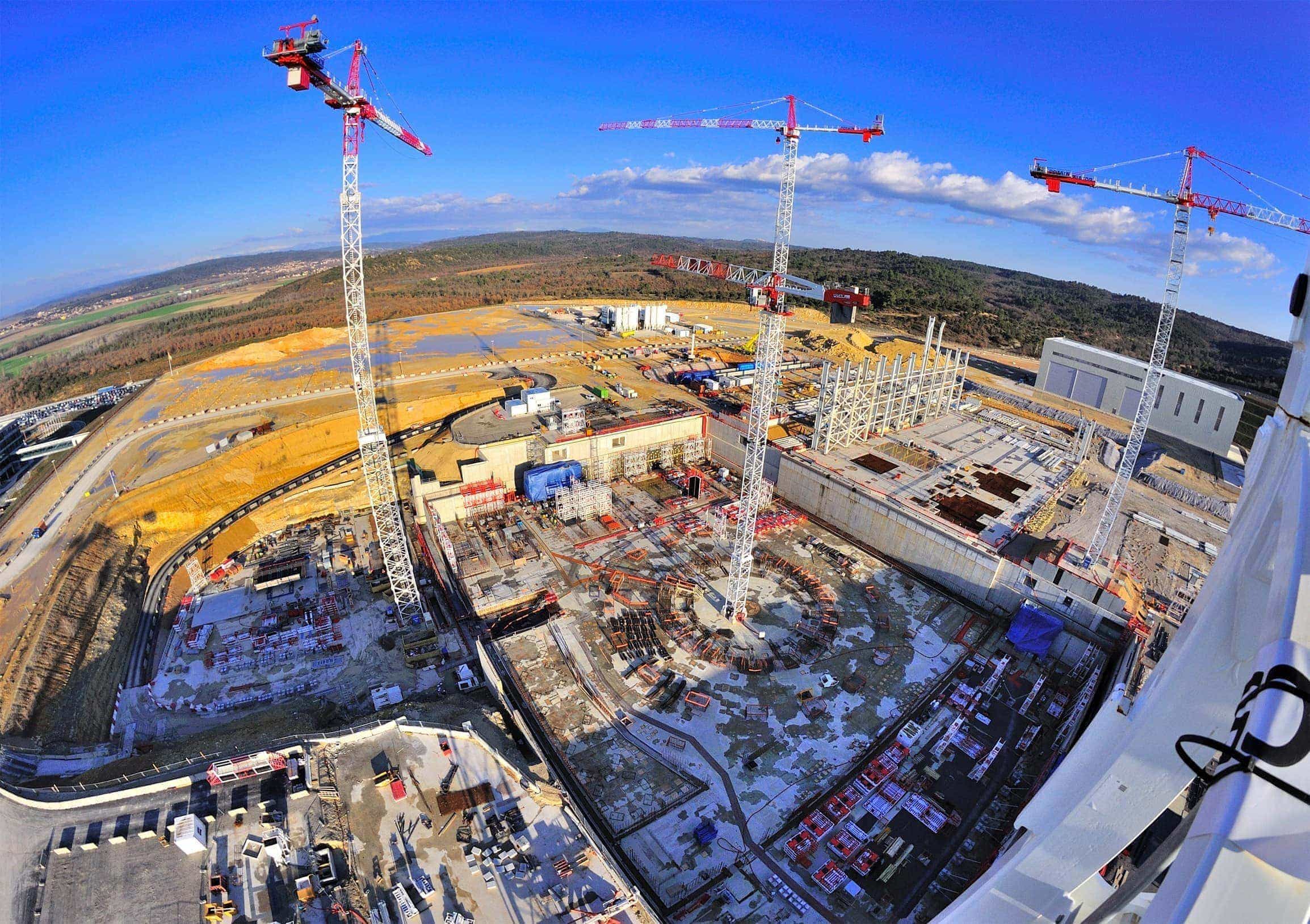
How to innovate with nuclear energy. The ITER Project.
03 of November of 2015
The need to find a source of sustainable energy and the commitment to fighting climate change are the main driving forces behind research in the field of nuclear energy.
ITER, which means “path” in Latin, is a further step along that path. This is an international-scale experiment, whose objective is to demonstrate the scientific and technical viability of fusion as a source of energy, its main advantages being:
• Abundance of fuel;
• Extremely low risk of nuclear accident;
• Ease of treatment of waste produced.
ITER searches, within strict nuclear protocol, to obtain a positive energy balance of ten to one, imitating the reactions produced in the sun. Trials have already been carried out previously in other facilities which have produced fusion, but in all cases it has been necessary to introduce more energy into the process than was got out of it. ITER is working to produce 500MW through the use of just 50MW.
The complex being developed in Cadarache, in the south of France, boasts 39 buildings. The most important is the one housing the fusion reactor, known as Tokamak. This is a toroidal-shaped recipient in which, through powerful electromagnets based on super-conductivity technologies, plasma will be confined; a gas at high temperature (100mºC), and electrically charged, and where once the physical conditions have been achieved, the fusion of deuterium and tritium atoms will be produced.
Ferrovial Agroman is currently undertaking four contracts: the main one, TB03, for the execution of various buildings in the complex, including the one housing the Tokamak reactor. The company will not just work on construction, but is also involved in the design of the buildings.
The project may be defined as a clear example of teamwork. It is multinational in terms of participation and governance, multi-disciplinary in technology, and multinational with regards to the professionals and contractors carrying it out. In short, an amalgam of cultures and forms of working which mean a collaborative effort, and from which new ideas are constantly emerging. This diversity provides Ferrovial Agromán with the opportunity to contribute to all aspects of innovation necessary to each little stage of each installation which takes shape, and to adapt to each as and when they are built.
The technical conditions imposed on all specialities, the volume of changes inherent to a project of such complexity, and the hugely exigent nature of the nuclear culture, mean that the challenge of managing all of these aspects and uncertainties is key to success. In this project everything is recalculated, tested, questioned and conceived of afresh.
All sorts of tools are used to monitor and control processes and documentation, for the modelling of the project in 3D, for the dating of what is being built and to manage changes and monitor schedules. This is where the intensity of the innovation translates into huge challenges, which adds a new level of complexity to the overall process and not just to the final product.
The technical, technological and process-oriented challenge of ITER does not only provide the chance to bring on board our knowledge as a company with regard to processes, efficiency, quality, the environment and safety, it also gives us the unique opportunity to generate and build on the talent and experience that these kinds of projects require. To compete with the big boys in an international environment is a clear indication of how well prepared the company is to tackle this kind of experience.





There are no comments yet